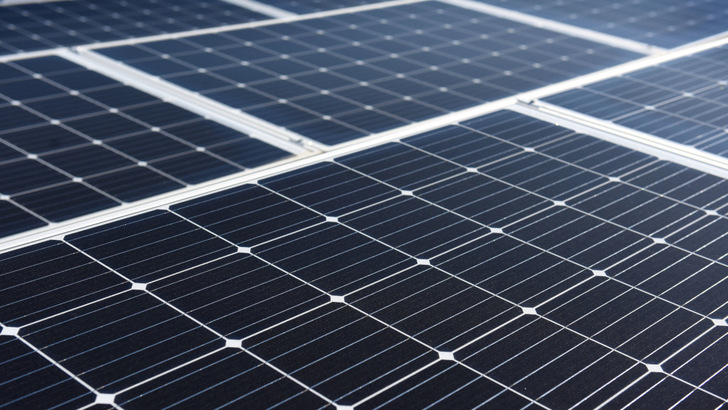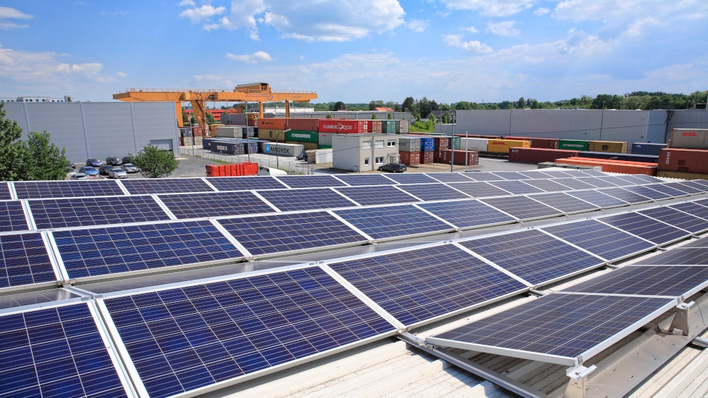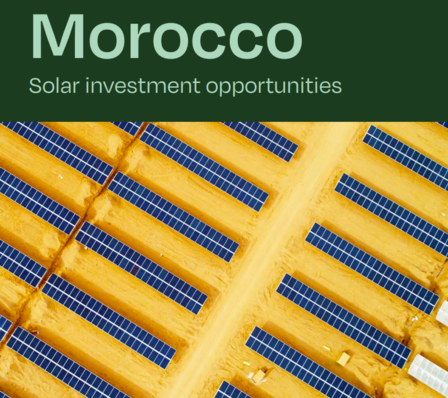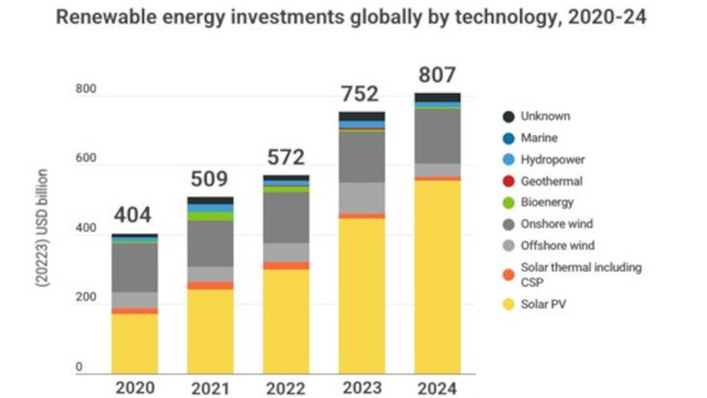At COP29 in Baku in 2024, governments set a new international climate finance target: to mobilise USD 300 billion annually by 2035, aiming for a total of USD 1.3 trillion from public and private sources. However, no concrete mechanism for raising these funds was defined. A new PIK study examines scenarios in which countries act out of self-interest to impose fossil fuel levies and channel the revenues to low- and middle-income countries, supporting measures to reduce fossil fuel use.
The authors highlight the effectiveness of a cooperative approach. If, for example, the EU adjusted levy rates according to which other countries participated, major importers such as China would have clear incentives to join. A joint EU–China initiative could generate four times more climate finance than unilateral action. Economically, cooperation would also be beneficial: directing levy revenues into the energy transition of low- and middle-income countries would reduce global fossil fuel demand and, in turn, world market prices. This price effect could fully offset potential consumer costs.
Wake-up call from the 126 Nobel Laureates
“Governments worldwide are under increasing fiscal pressure and are asking where the money for international climate protection should come from. Smaller coalitions of states working together on levy models could make a decisive contribution, without creating additional costs for consumers,” explains PIK Director Ottmar Edenhofer, co-author of the report.
Billions for reducing fossile fuel use
For low- and middle-income countries, the benefits would be tangible. In a joint EU–China levy scenario, they could receive USD 66 billion annually to reduce fossil fuel use, including a net gain of USD 33 billion. In addition, avoided climate damages are estimated at USD 78 billion, while lower energy prices would bring savings of USD 19 billion. Such a coalition would also cut more than one billion tonnes of CO₂ each year, exceeding Germany’s total annual emissions.
Renewables boom highlights growing regional divide
The proposed alliance of fossil fuel importers could build on the recently renewed EU-China cooperation on climate protection. Significant potential also lies in pricing emissions from international aviation and shipping, which could generate more than USD 200 billion annually and reduce emissions by around 1.5 billion tonnes of CO₂ per year, representing about half of Europe’s total emissions.
A model for global public goods
There are already international pioneers. A group of countries including Antigua and Barbuda, Barbados, Benin, France, Kenya, Sierra Leone, Somalia and Spain recently announced plans to introduce joint levies on private jets and premium flights to raise funds for climate action and sustainable development. In addition, Barbados, France and Kenya lead an international taskforce on global solidarity levies, which is exploring new ways to finance global public goods.
IRENA: Vast majority of new renewable projects cheaper than fossil fuels
“Our analysis shows clearly: coalitions for financing global public goods are beneficial to all. If revenues are earmarked for international climate finance, the benefits can be distributed fairly worldwide,” said PIK researcher Matthias Kalkuhl.
The study contributes to the project Development Aid in the Mutual Interest of Donors and Recipients, funded by the Gates Foundation and coordinated by the Kiel Institute for the World Economy. (hcn)
Don’t miss our monthly newsletter for private and institutional investors









